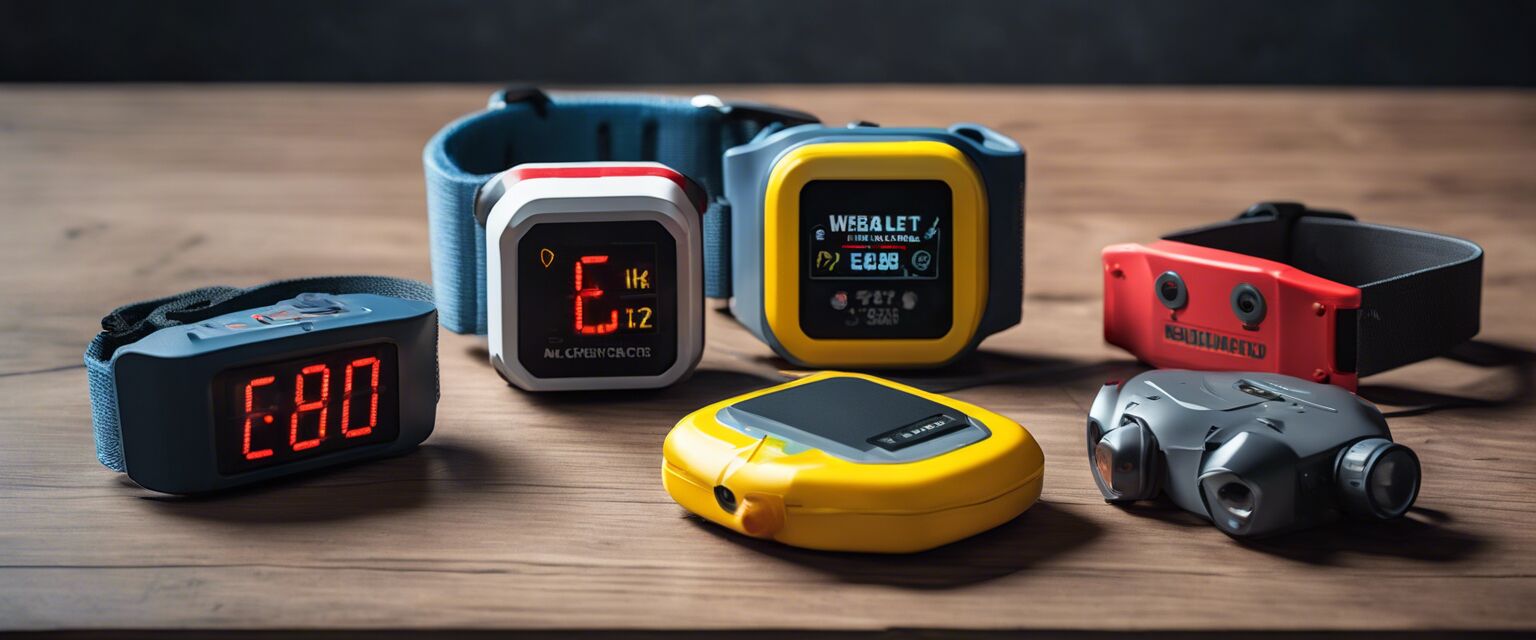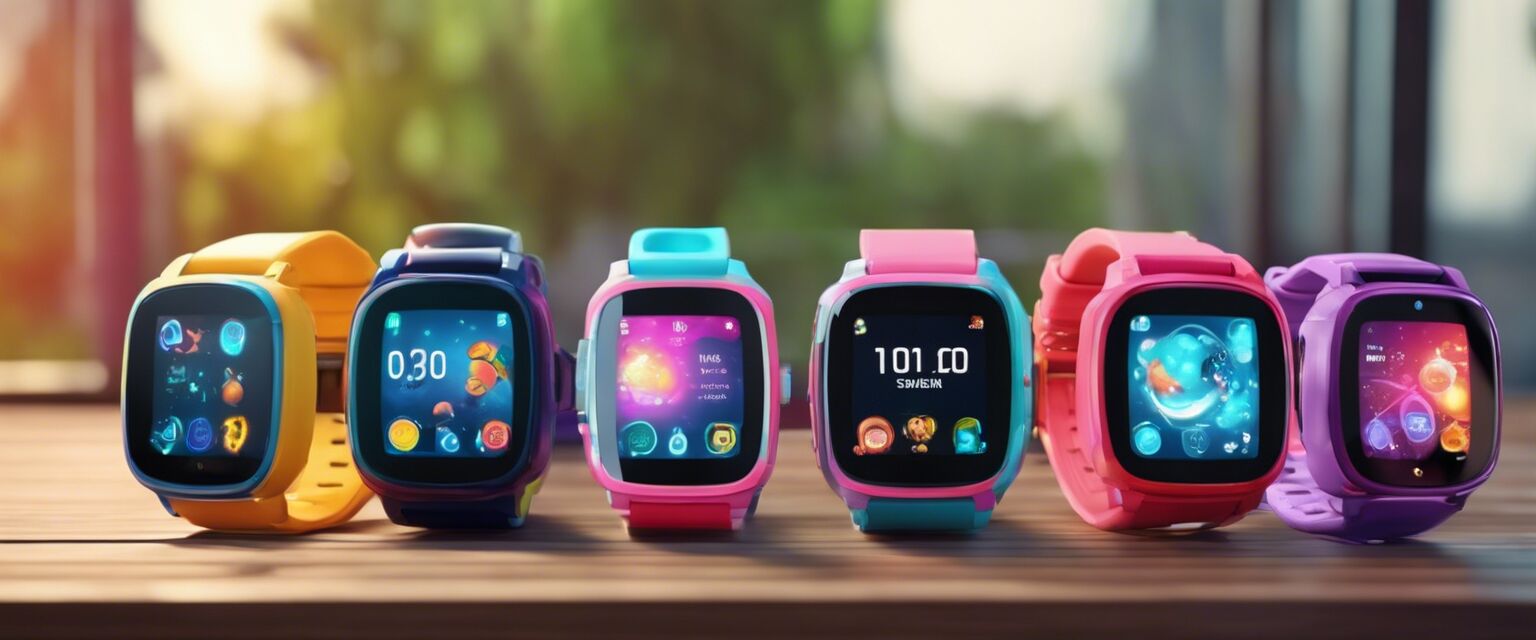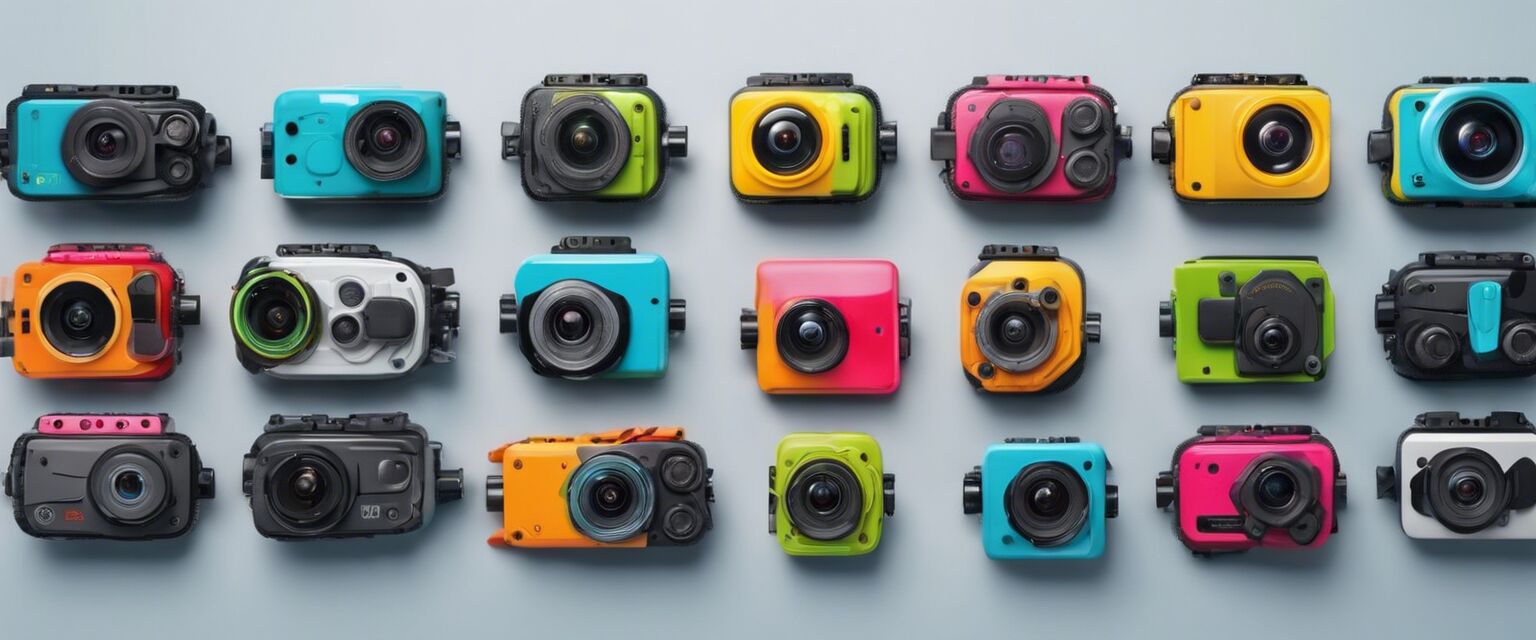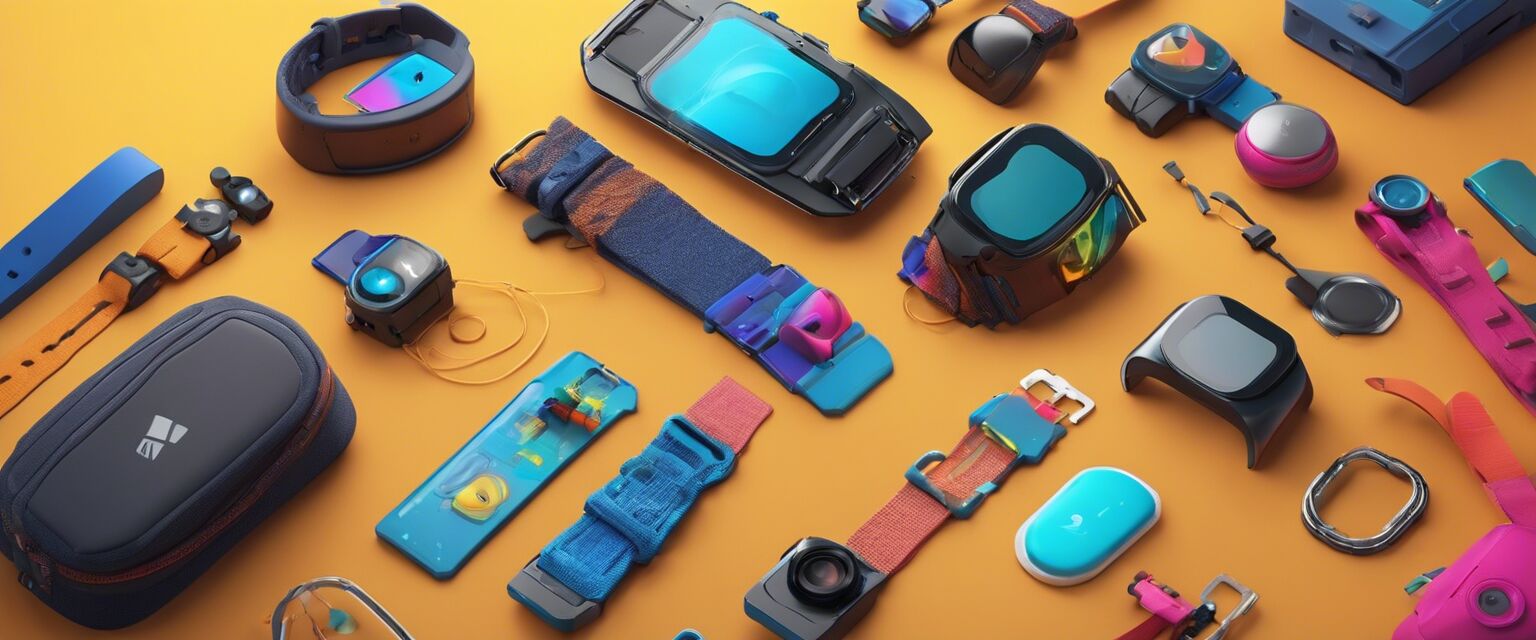
Future trends in kids' wearable tech safety
Key Takeaways
- Wearable technology for kids is evolving with a focus on safety.
- GPS tracking and health monitoring are becoming standard features.
- Innovative designs enhance kids' acceptance of devices.
- Emerging technologies aim to integrate more features while being user-friendly.
- Privacy and security are major considerations in future developments.
The world of kids' wearable safety technology is rapidly evolving, driven by innovative designs and functionalities that address both parents' concerns and children's needs. In this article, we will explore the future trends in wearable tech that ensure kids' safety while remaining appealing to young users. From GPS trackers to smartwatches, the advancements are neat and beneficial.
Current landscape of kids' wearable technology
Before we dive into the future trends, let's briefly review the current landscape. The kids' wearable safety device market encompasses a range of products such as:
Wearable tech categories for kids
| Category | Features | Age Group |
|---|---|---|
| Activity Trackers | Steps, calories, activity levels | 5+ |
| GPS Trackers | Real-time location, geofencing | 3+ |
| Smartwatches | Notifications, calls, games | 6+ |
Upcoming trends in kids' wearable safety technology
As technology continues to advance, several key trends are emerging that promise to shape the future of kids' wearable safety devices. Here are some notable ones:
1. Enhanced GPS tracking
Current GPS trackers are basic, but future devices will be more precise, offering real-time tracking with fewer errors. This is crucial for parents who want peace of mind when their children are outdoors.
2. Health monitoring features
Health tracking capabilities will become more sophisticated, allowing parents to monitor vital signs and physical activity levels. This could include heart rate monitoring and even integration with apps that offer wellness tips.
3. User-friendly designs
Devices will increasingly feature kid-friendly interfaces, making them easy to use and appealing. Bright colors, interactive designs, and customizable options will help enhance acceptance among kids.

4. Integration with smart home devices
Future wearables may connect with home devices. For instance, receiving alerts about kids' whereabouts through smart speakers will provide parents with an added layer of security.
5. Augmented reality (AR) features
Brands may incorporate AR for learning experiences, combining play with educational content. This can include interactive games that teach safety and responsibility.
Safety and privacy considerations
As technology evolves, privacy and safety concerns remain significant. Manufacturers will need to place a stronger emphasis on:
- Data encryption
- User privacy settings
- Compliance with childrenâs online privacy regulations
Challenges in the market
Despite the promising future, several challenges still exist for the kids' wearable tech market:
- Price sensitivity among consumers.
- Addressing security vulnerabilities.
- Ensuring sufficient battery life without compromising features.
Pros
- Increased safety for kids through tracking features.
- Empowers parents with real-time information.
- Encourages kids to stay active with health monitoring.
Cons
- Potential privacy concerns and data misuse.
- Risk of over-reliance on technology for child safety.
- Price points may be high for some families.
Conclusion
The future of kids' wearables centers around safety, smart features, and user engagement. As trends like enhanced GPS tracking, health monitoring, and user-friendly designs gain traction, parents can look forward to tools that provide peace of mind while ensuring that children are protected. Following this continuous evolution will enable parents to choose the right safety solution and encourage kids to embrace technology positively.

Further reading
If you want to explore specific categories of kids' wearable safety devices, check out these pages:







